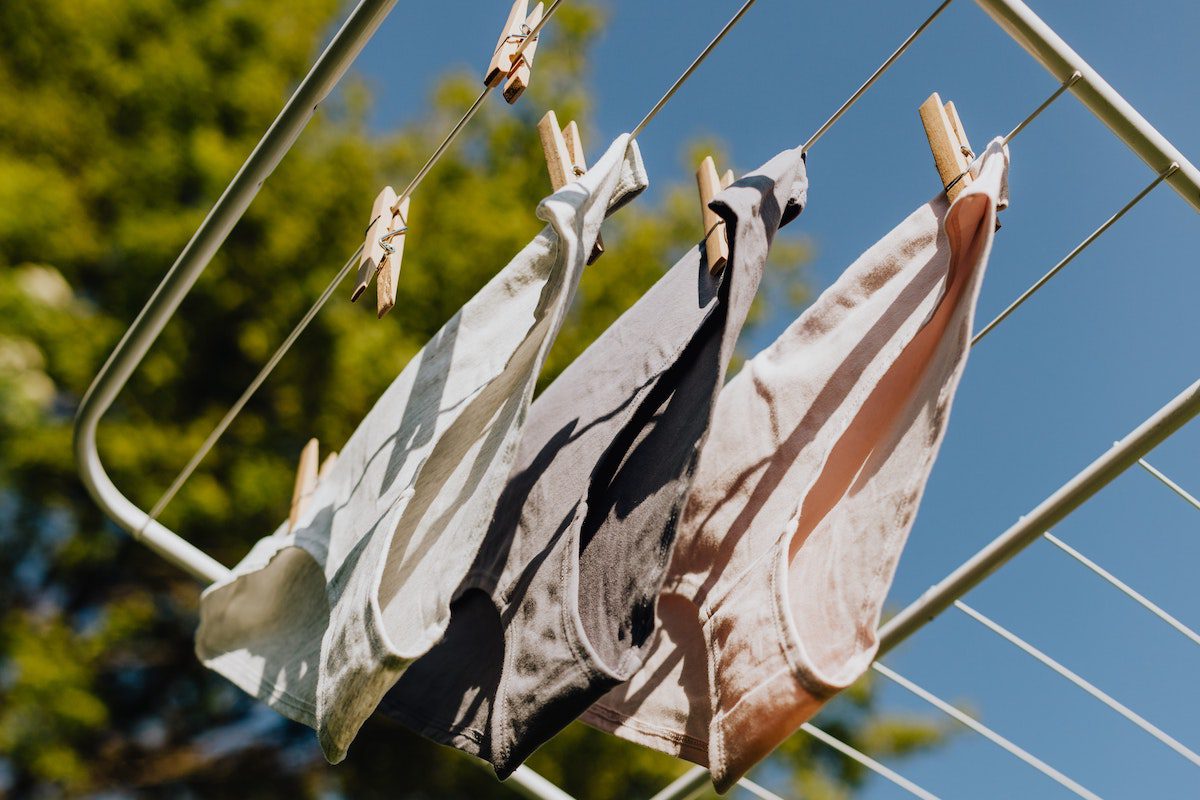The Right Way to Exfoliate for Smoother, Softer Skin
Exfoliation is a step in your bath and body care or skincare routine you may deem unnecessary. On the contrary, though, exfoliation should play a critical part of any good skincare routine—and there are many reasons as to why.
If you’re wondering how to exfoliate (and how often to do it), we asked a skincare expert. Here’s everything you should know about exfoliation.

What is exfoliation?
Okay, first things first. What is exfoliation? Exfoliation is the process of removing dead skin cells from the outer layer of the skin.
“This can be achieved through physical methods like scrubs and brushes, or chemical methods using products that contain certain acids that help dissolve the bonds between skin cells,” explains Anna Chacon, MD, a board-certified dermatologist and published author based in Miami. When you do this, you end up with brighter, plumper, smoother skin.
Although the skin naturally sloughs off cells every day all on its own, things like age, dehydration, lifestyle, skincare products, and even the weather can halt or slow down this nifty natural process. Enter exfoliation.
There are two types of exfoliation: chemical exfoliation and physical exfoliation. Chemical exfoliation uses chemicals to break apart and remove dead skin cells while physical exfoliation typically uses some sort of granules like salt or sugar, basically something abrasive, to help lift and scrub away dead skin cells.
You’re probably most familiar with chemical exfoliants if you go in for a medical facial or spa facial, while you may experience physical exfoliation more frequently during your at-home DIY spa nights.
Benefits of exfoliation
One of the main benefits of exfoliation of the body such as the legs is that it gives you a better shave. Gentle exfoliation can help loosen hairs that may be trapped under the skin, giving you a closer, smoother shave. Plus, it minimizes the likelihood of things like irritation, razor bumps, or razor burns.
Chacon touts the other benefits of exfoliation and says they’re numerous. “It helps to unclog pores, preventing acne and breakouts,” she says. “It also allows for better absorption of skincare products, making them more effective. Exfoliation helps to stimulate collagen synthesis, promoting skin elasticity and reducing signs of aging. Furthermore, it promotes an even skin tone by removing dullness and discoloration.”
How to exfoliate like a pro
If you’re wondering how to exfoliate, Chacon breaks it down: “To exfoliate at home, choose a suitable exfoliating product for your skin type,” she says. “Apply the product to damp skin and gently massage in a circular motion, avoiding the eye area. Rinse thoroughly with warm water and follow with a moisturizer.”
Remember to be gentle on your skin and never scrub too hard. Also, it’s important to protect your skin with sunscreen after exfoliation as it can make your skin more sensitive to the sun.
Exfoliate for your skin type
The best way to exfoliate is for your skin type, notes Chacon. “For sensitive skin, a mild chemical exfoliator like lactic acid can be a good choice,” she says. “For oily and acne-prone skin, a physical exfoliator or a chemical exfoliator with salicylic acid can be more effective.” Now on to a few additional tips for exfoliating.
Exfoliate frequently, but not too much
“The frequency of exfoliation depends on your skin type and the method of exfoliation you choose,” shares Chacon. “Generally, it is recommended to exfoliate one to two times per week for normal to combination skin and once a week or less for sensitive skin.”
When exfoliating, less is usually more. No matter how you decide to exfoliate, avoid being too aggressive and instead be gentle. You want to exfoliate just enough to increase cell turnover and reveal fresh new skin without overdoing it by damaging, irritating, or scratching the skin’s natural protective barrier.
Exfoliate the body and face differently
The skin on the face is way more delicate than the skin on the rest of the body, which means the face will require a gentler exfoliant than the body. On the other hand, the skin on the rest of the body is much more durable than the skin on the face so it can withstand stronger ingredients. This is why body-specific exfoliants should only be used on the body and face exfoliants should only be used on the face.
Body exfoliants may be too irritating for delicate facial skin whereas gentle facial exfoliators may not give you the results you are looking for if used on the rest of the body.
Bottom line: Exfoliants for the face and exfoliants for the body are two totally different products and should be used differently and on the spots the label specifies.
The bottom line on exfoliation
While it may seem somewhat intimidating, exfoliating is one of the best skincare steps to include in your routine since it can reap a ton of benefits if done correctly. Simply start with a gentle exfoliating face cleanser or serum and bump it up to two to three times a week as your skin can tolerate and enjoy that bright, smooth, and sparkling skin that’s revealed.












